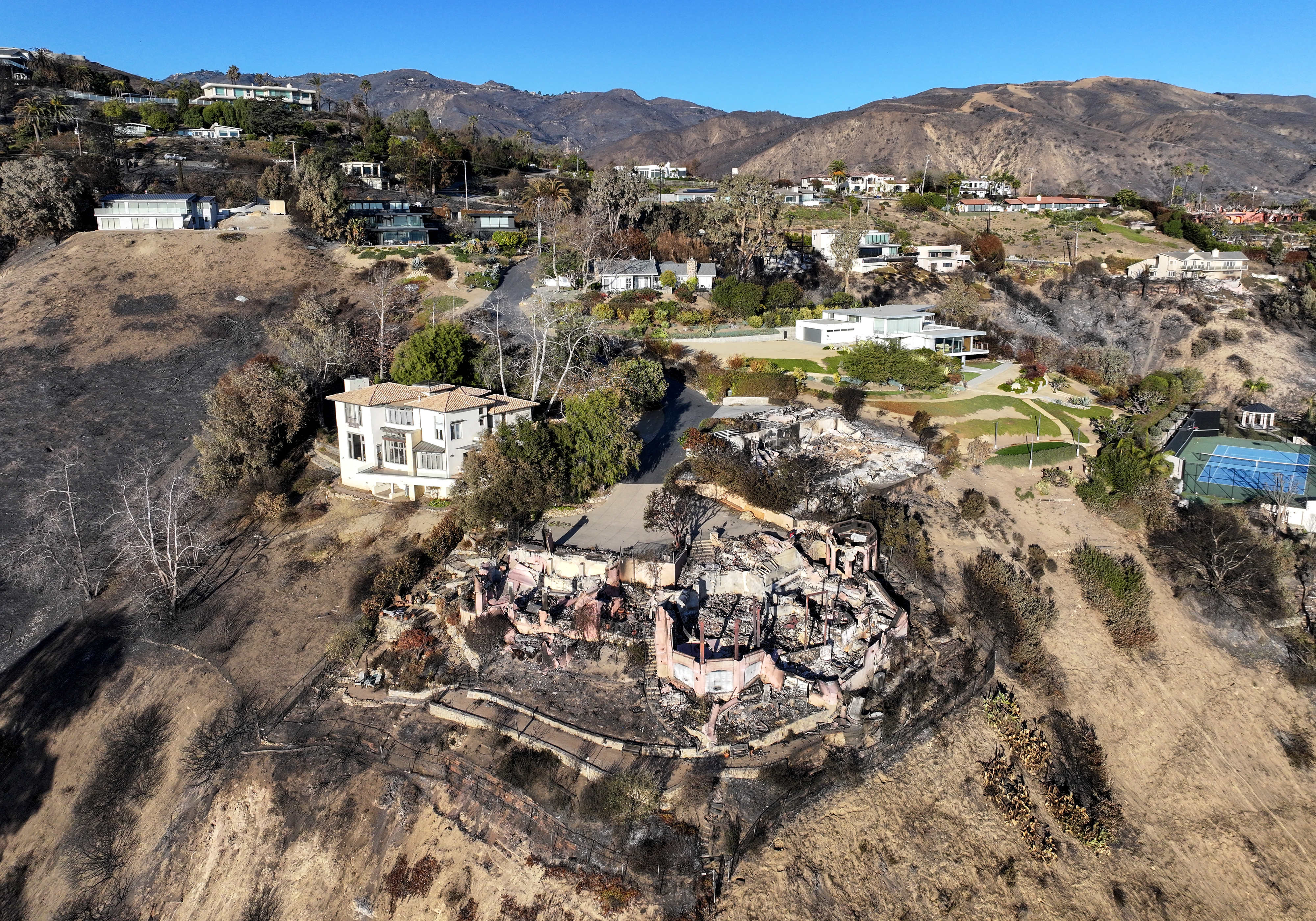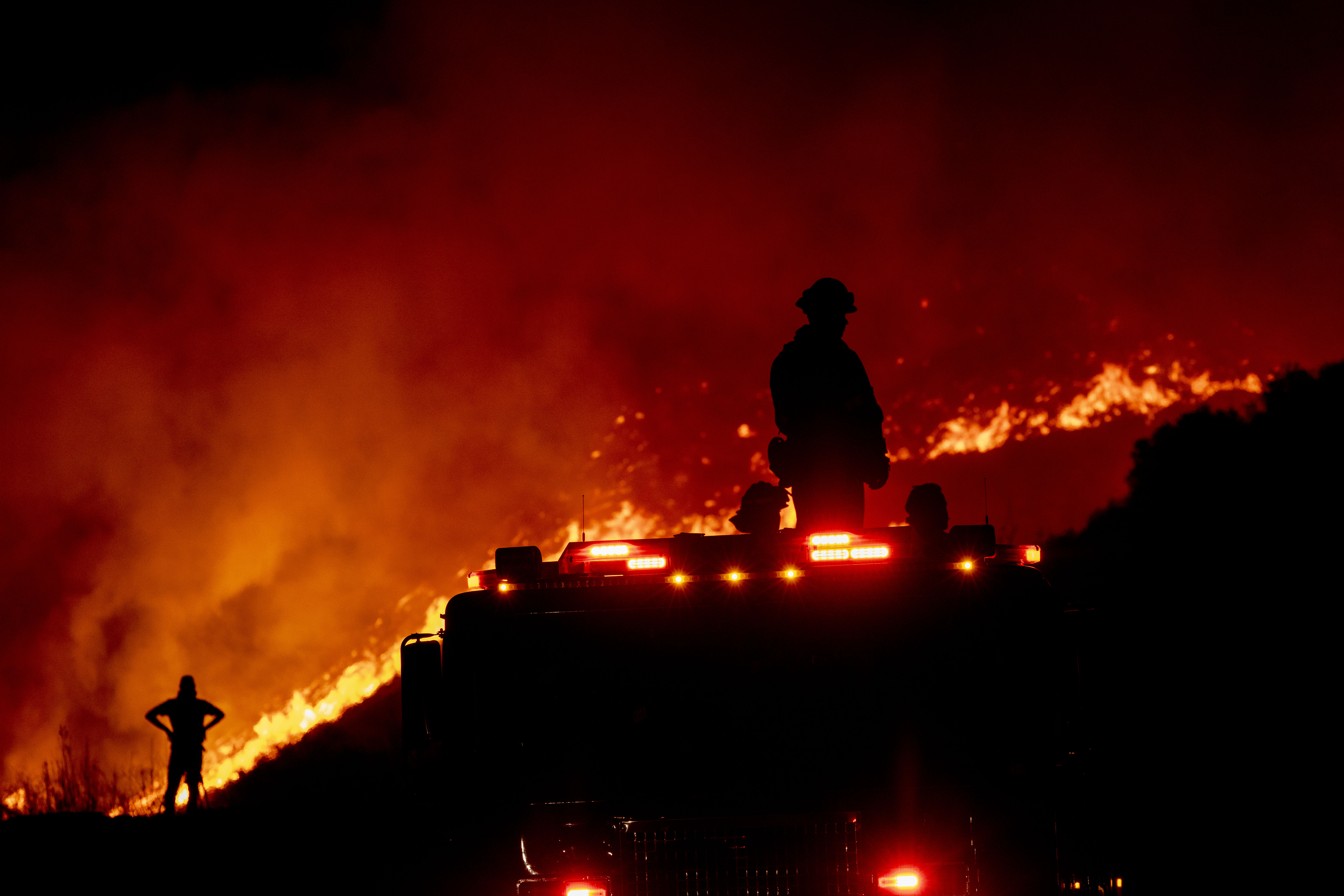Dispelling a concern that California’s snowpack levels may be falling below average, the latest measurement from the Sierra Nevada Thursday showed the state is inching closer to the median.
Scientists of the UC Berkeley Central Sierra Snow Lab found California’s snow water level is at about 83% of median, thanks to 13 inches of the fresh snow that fell between Wednesday and Thursday.
“We’ve come a long away,” said Andrew Schwartz, the lead scientist of the UC Berkeley Central Sierra Snow Lab. “If we can get a few big storms here in the next couple of weeks, that would really go a long way towards getting us towards that median mark.”
We have received 13" (33 cm) of #snow in the last 24 hours, which brings our storm total to 14.2" (36 cm) so far. We are expecting snow showers today.
— UC Berkeley Central Sierra Snow Lab (@UCB_CSSL) February 15, 2024
We are now at 85% of median snowfall and 83% of median snow water equivalent to date. More on the way!#CAwx #CAwater pic.twitter.com/wfoaKvRUyt
Get top local stories in Southern California delivered to you every morning. Sign up for NBC LA's News Headlines newsletter.
Schwartz said the incoming storm this weekend could bring an additional 2 to 4 feet of snow, starting Saturday afternoon through next Tuesday.
This time last year, the statewide snowpack was somewhere close to 250 to 300% of median. And it was the most significant snow year California had seen since 1952, according to Schwartz.
“It was our second biggest season ever. We had gotten 63 feet of snow.”
Local
Get Los Angeles's latest local news on crime, entertainment, weather, schools, cost of living and more. Here's your go-to source for today's LA news.
As the average amount snow is about 30 feet annually, Schwartz said the state is currently on track for a rough average.
“On January 1st, we were at only about a quarter of average to that point in time. Now were getting through the snowiest month.”
But for scientists like Schwartz, the current concern is not whether California will get enough snow. It’s whether warmer temperatures will arrive earlier like last year, causing the rapid melt of snow.
“As far as snowfall, we can use as much as we can get,” Schwartz added. “The key is just making sure that temperatures are average or below average that we don’t have to worry about rapid melt and then flooding as a result.”
As the El Niño weather patterns expect to bring the heat in California as well as across the U.S., there is a bigger likelihood of flooding from snowmelt.
“We need to be prepared for higher river flows.” Schwartz warned.
The Sierra snowpack typically supplies about 30% of California's water.



